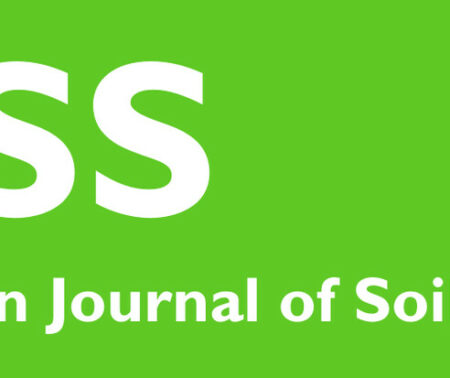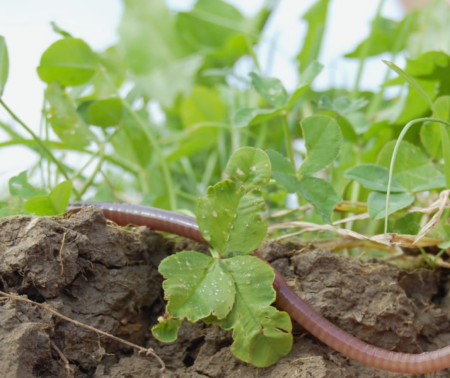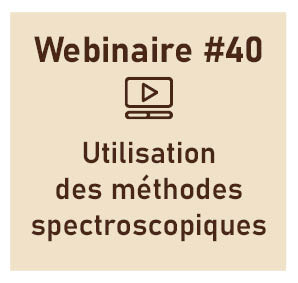A European stakeholder survey on soil science skills for sustainable agriculture
- 31/03/2024
- Ressource technique et scientifique
- Texte brut ou illustré
Abstract
The European Union’s soil strategy for 2030 has set the objective of achieving ‘healthy soils’ in Europe by 2050. To achieve this ambitious goal, dedicated soil science skills will be needed in the future. This article presents the results of a survey on soil science skills for the future conducted within the framework of the European Joint Program—EJP SOIL. The survey was distributed online in the 24 countries participating in the EJP SOIL. The skills were expressed as having knowledge in particular topics related to soils, practical know-hows...
Earthworms – architects of fertile soils
- 03/01/2022
- Ressource technique et scientifique
- Texte brut ou illustré
Earthworms are usually the most abundant soil animals in agricultural soils. They are known to
improve physical, chemical and biological properties of soils. Together with soil microorganisms
they have a great potential to enhance soil fertility.
Although much is known about the general taxonomy and biology of earthworms, knowledge about their impact on soils, their interactions with other soil organisms and the influence of farming practices on their populations is increasing only slowly.
This guide summarises the knowledge on earthworms. It gives an overview of...
Utilisation des méthodes spectrométriques appliquée aux sols
- AFES / Ressource technique et scientifique / Webinaires
- Vidéo
- Adhérent
Utilisation des méthodes spectrométriques appliquées aux sols La spectrométrie dans les domaines du visible et infrarouge (300-2500 nm) est devenue une technique d’analyse performante. La vitesse des mesures, la capacité d’analyser plusieurs paramètres à la fois et les différents niveaux d’application au laboratoire, au champ, avec l’aéroporté et jusqu’aux satellites, sont ses plus importants atouts. Les exemples présentés se focalisent sur l’application au sein des laboratoires d’analyse agricole ainsi que le potentiel pour la cartographie à haute résolution de...



